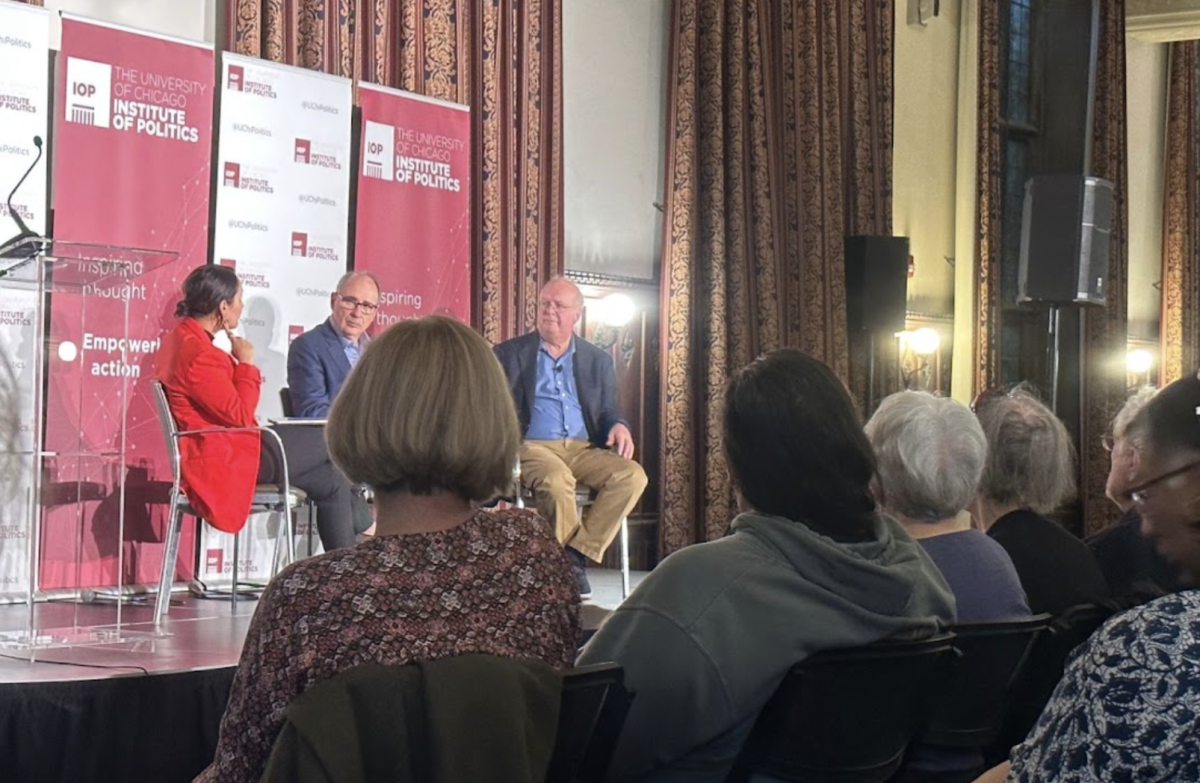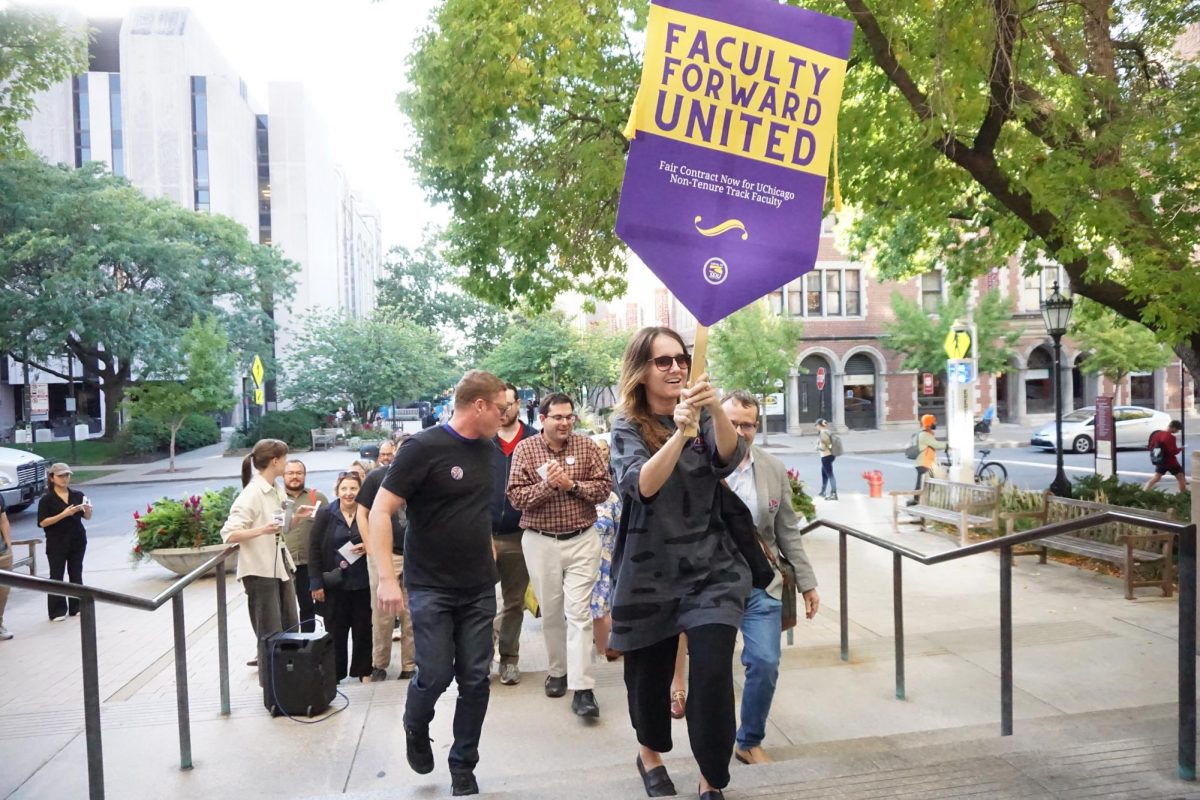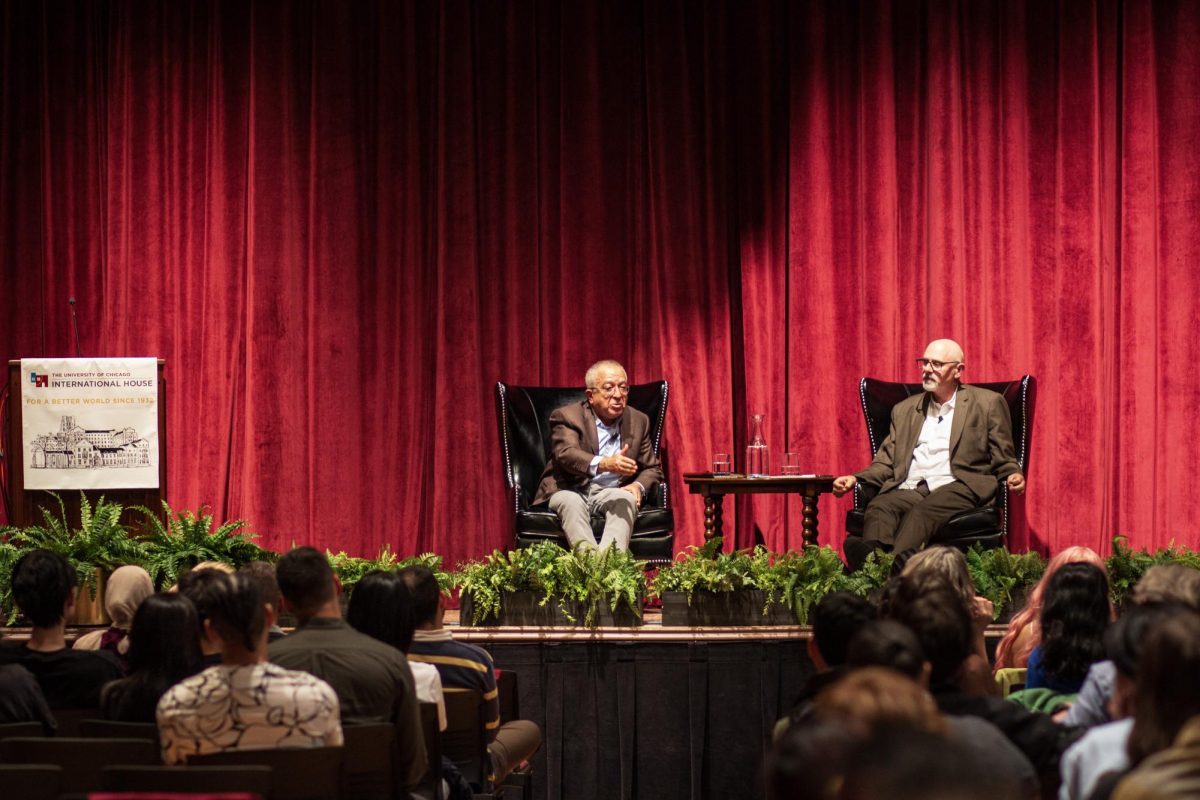Though this year’s applicants were invited to discuss how strings play a pivotal role in the universe, among other topics, a higher-than-normal percentage of accepted students opted to go to the U of C.
The University admitted 3,481 students from an applicant pool of 9,577—an acceptance rate of 36 percent. The acceptance rate had hovered slightly above 40 percent for the past five years.
As of Tuesday, 1,322 students had sent in deposits for acceptance, and Ted O’Neill, dean of College Admissions, said he expected about 1,250 students to matriculate in the fall after deferrals and other changes were taken into account.
O’Neill said the Office of College Admissions had been aiming for 1,210 students to accept the admission offer, and the higher-than-expected yield was part of a nationwide trend.
The increase in yield, O’Neill said, is “to some degree national trends and to some degree Chicago becoming a more desirable place to go to college over the years.
“Our image has probably changed from a place that’s more austere to a place where a more balanced social life can be had,” he said. “This used to be a place that students complained about . There are signs that people are happier here.”
Admissions have increased this year at other top schools, and most other schools have experienced higher-than-expected yields.
The class of 2010 will have an increased number of minorities. Seventy-nine black students and 105 Latino students plan to attend, up from 54 and 93 last year, respectively. Deposits from international students are also up slightly, from between 8 and 9 percent last year to 10 percent this year.
“We thought we admitted enough to meet our goal with the addition of 30 or so from the waiting list,” he said. “A bigger response is nice, but the fact that it was unexpected is a less-good thing.”
If the admissions office had anticipated a higher yield, they could have accepted a smaller percentage of students from the applicant pool, thus upping the U of C’s selctivity.
Equal numbers of male and female students were accepted, O’Neill said. Unlike at some other colleges, the gender balance “is not something we need to manipulate,” he said.
The U of C used to be a much more male-dominated school; the College was 65 percent male in 1980, he said.
Slightly more than 3,000 students applied early action, and 1,139 of those were accepted. About 40 percent of those students will attend, O’Neill said.
The admissions office redesigned the U of C information packet this year and created a website for admitted students.
It includes a blog written by the Prospective Students Advisory Committee and admissions staff, as well as a message board for students.
Using the message board, “the students themselves persuaded each other that Chicago really was a good place to go to school,” O’Neill said.
The website also allows students to confirm their acceptance and pay their class and housing deposits online.
The admissions office underwent “major internal changes” this year, including a new computer system and a new method of digitally imaging applications.
While the admissions office currently has no plans to switch to the Common Application, “it’s always something we consider,” O’Neill said.
“We know we lose applicants because of [the Uncommon Application], and we’re very concerned about disproportionately losing applicants who are [low income or minorities].”
O’Neill said that the admissions office tried to compensate by making the Uncommon Application more “user-friendly” and the questions “more inviting.” Besides the strings question, essay topics included a personal reflection on a Langston Hughes poem.








